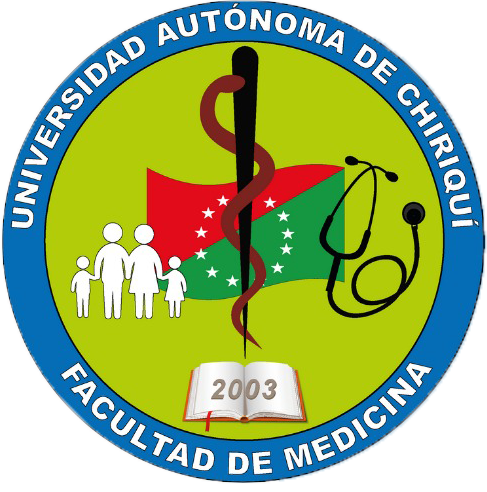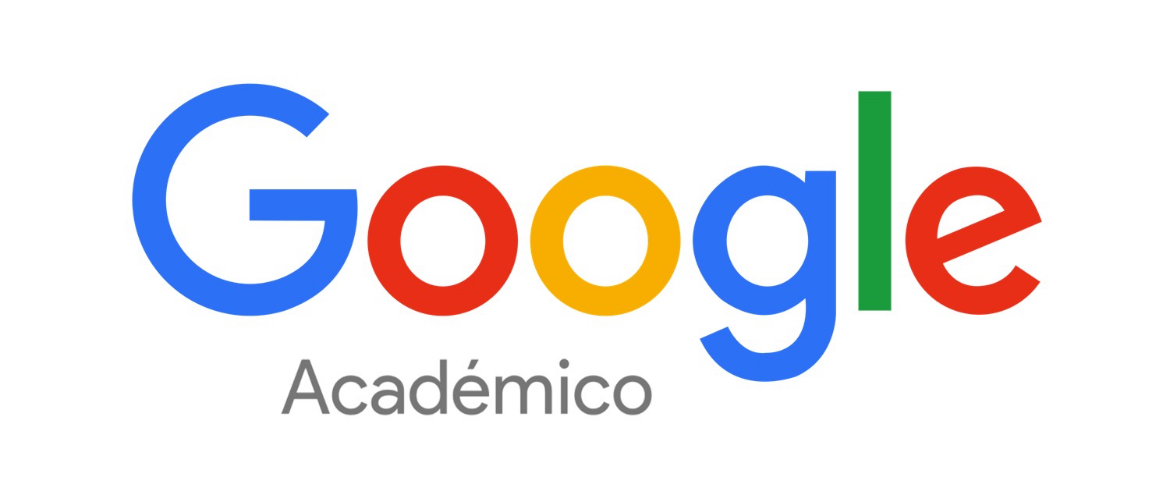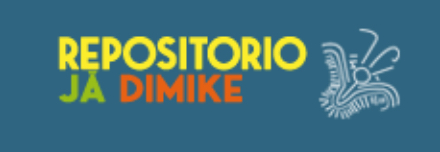MENIERE SYNDROME AND WORK DISABILITY: ABOUT A CASE
A PROPÓSITO DE UN CASO
DOI:
https://doi.org/10.59722/rmcu.v1i1.662Keywords:
síndrome de meniere, discapacidad, BaremologiaAbstract
Summary
Objective: Describe the relationship that exists between Meniere's syndrome and work disability. Introduction: according to global statistics, the prevalence of Meniere's disease varies between 3.5-5.0 cases per 100,000 inhabitants, it occurs more frequently in white female patients corresponding to the age group affected between 40-60 years1 respectively, it is a disease which affects the inner ear, and is caused by the increase of endolymph in the labyrinth associated with inflammatory changes, and which presents clinically with episodes of vertigo, aural fullness and mostly unilateral fluctuating sensori-neural hearing loss, however it can present bilaterally. In 5% of cases, the term work disability must be taken into account, which is conceptualized by the World Health Organization as that situation in which the worker is not able to perform his or her work functions, which is related to Directly with work absenteeism and the economic and health costs generated, it is indicated that at least 700 million people will need otological evaluation for hearing disorders, taking into account that hearing pathology can affect not only hearing ability but also the environment. psychosocial of an affected worker therefore implies a notable decrease in the correct functioning of a worker2 in the work area where the term work disability must be taken into account according to the world health organization, it is described as that situation in which the The worker is not able to perform his or her job duties, which is directly related to absenteeism and the economic and health costs generated3
Downloads
Published
How to Cite
Issue
Section
License
Copyright (c) 2024 Revista Médico Científica UNACHI

This work is licensed under a Creative Commons Attribution-NonCommercial 4.0 International License.
Esta obra está bajo una Licencia Creative Commons Atribución-NoComercial 4.0 Internacional.












